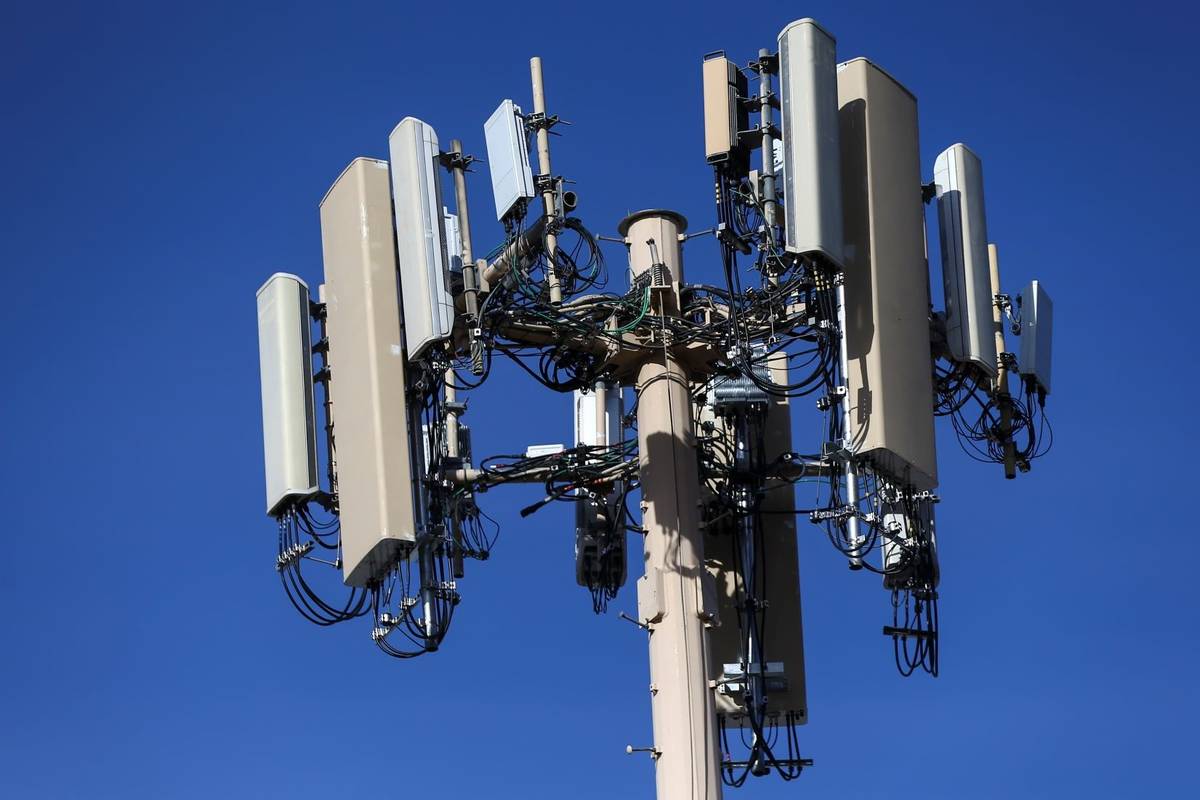When you? ve actually strolled via a community, you may have spotted small mini 5G cell towers on street light source poles. These look like small boxes, but they? lso are really transmitting wireless signals from cell carriers to your own phone.
These more compact, purpose-built cell may be are replacing greater, purpose-built ones. Whilst less obvious, that they may nevertheless pose issues for people.
Typically what is a safe distance from a 5g cell tower ? s Radiation Exposure Thresholds
The Radiation Exposure Thresholds of the FCC establish the secure distance from which usually a person might be exposed to electromagnetic radiation from wireless devices. The publicity limitations are centered on scientific facts indicating that RF energy may become hazardous to individual health.
The actual consumption rate (SAR) quantifies the radiofrequency energy absorbed by cells. It is normally 1. 6 watts per kilogram, averaged across one g of tissue.
However, since 5g sends at higher eq, it may stimulate more energy strength on the skin and even other immediately subjected body parts. This could result in the variety of possible consequences, such since the accelerated enhancement of skin health problems such as dermatitis, skin cancer, and even cataracts.
Due of the potentially extreme consequences of 5g radiation, PSU offers opted to enforce a general localized power density restriction of 4 mW/cm2 averaged over 1 cm2, and certainly not to exceed thirty minutes, for those 5G services at 3000 GHz. This confined limit is constant with the maximal spatial-average SAR involving 1. 6 W/kg averaged across 1 g of muscle at 6 GHz.
The FCC? s i9000 Maximum Exposure Thresholds
If you've actually used a mobile phone, an individual surely understand that a person must be no less than 400 meters away from tower for security. This is expected to the reality that the tranny strength of the mobile tower grows considerably with distance.
Although https://www.pearltrees.com/bargelatex3/item515573563 may seem to be such as a wonderful concept, the reality is that those living all around systems may be even more prone to health and fitness issues. A 2014 research in India, for instance, indicated that persons who resided within 50 meters of mobile towers had greater health concerns as compared to those who existed farther away.
But, this research in addition revealed that signs returned to typical within a few days and nights for persons which relocated to spots distant from cell towers. Several studies have indicated that will exposure to high numbers of radiofrequency electromagnetic fields (EMFs) may induce cancer, mind tumors, and some other health concerns.
RF radiation, which will be used in cordless communication, may penetrate the outermost part of the body, the skin. The skin functions because a protective hurdle against mechanical damage, infection by pathogenic bacteria, and the particular admission of hazardous chemicals. It is responsible for protecting the integrity associated with other organs and is also the biggest organ inside the human entire body.
Minimum Exposure Thresholds of the FCC
The FCC's Least Exposure Thresholds derive from a number of unsupported scientific presumptions. They range from the incorrect notion that initial exposures to RF radiation secure owing to low transmission into the human body (i. e., tissue heating) (i. at the., tissue heating).
Additionally, the assumption disregards the deeper sexual penetration from the ELF pieces of modulated RF signals and the impact of brief high temperature bursts from pulsed RF waves. These types of assumptions tend not to line up with the current knowledge of the biological effects of RF radiation; as a result, they should not have to get utilized to establish health-protective exposure limits.
In https://busch-bech-2.technetbloggers.de/what-lengths-can-you-proceed-from-your-5g-mobile-phone-tower-without-staying-unsafe , the ICNIRP and FCC constrict their maximum exposure limits to area peak SARs based on the optimum spatial specific consumption rate (psSAR), which can be an insufficient dosimetric technique for considering the degree of RF rays exposure. Specifically, psSAR is incorrect from frequencies greater compared to 6 GHz. In addition, psSAR is not looked into for RF rays with co-exposure to other environmental aspects such as sun. Interactions between radiofrequency (RF) radiation in addition to other environmental components may have bloody or synergistic effects. This would raise the likelihood of damaging health outcomes. Co-exposure to RF light and sunshine, for instance, may boost the risk of skin area cancer and get worse other skin problems, for instance acne.

